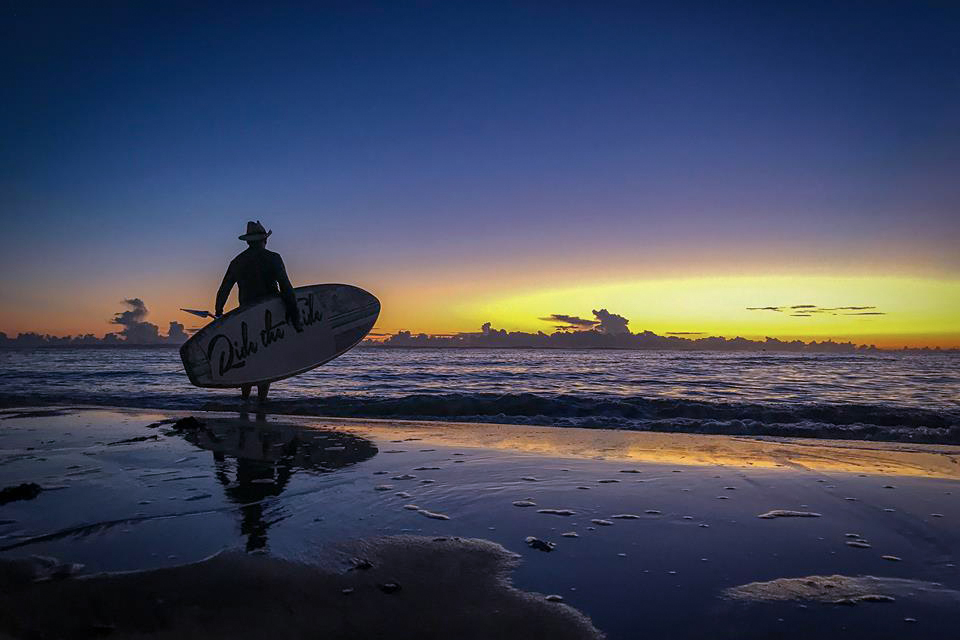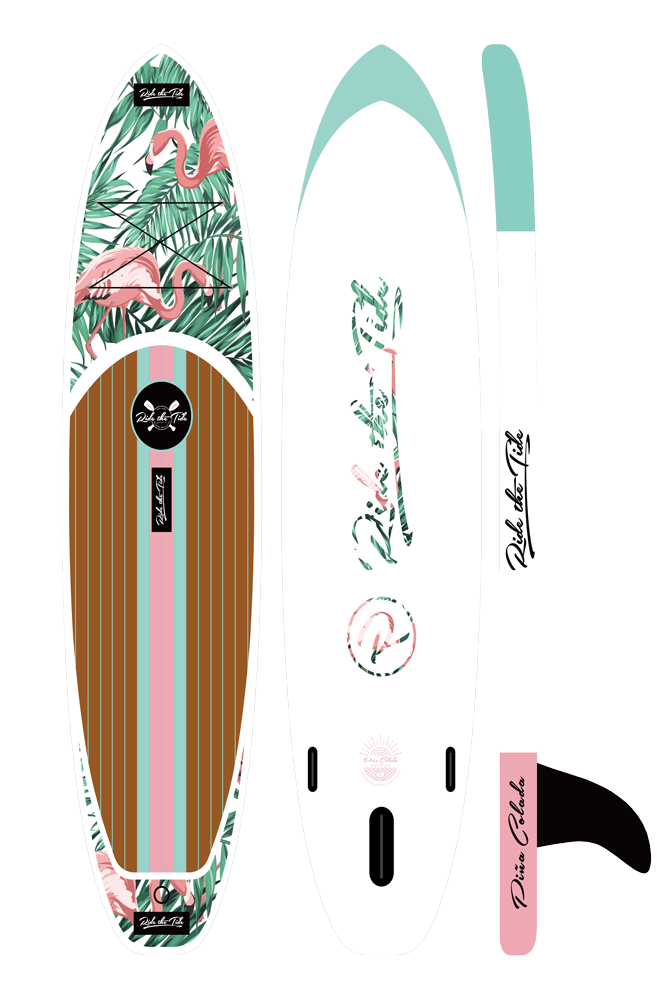
06-03-2018 / BOARDS
our top 12 tips for planning a sup day trip
Ready! Set! Go!
Planning a SUP Day Trip
With the Easter break not far away, it’s always a great reason to get out your paddle board and do some exploring in places you’ve never paddled.
Planning a full day trip of stand up paddle boarding requires a little more thought than throwing your SUP on the roof of your car, heading somewhere and start paddling.
Just like going on a road trip, it's important to remember to pack some essentials to make your day effortless. Also planning your destination will go a long way to make your SUP day trip a memorable one!
Here’s our top 12 tips on planning for a successful day trip…
1. Where Are We Going?
Research some new places you haven't been before to really get your exploring juices flowing! We regularly post interesting places to SUP on our blog, so be sure to check them all out for some ideas. Find a river or lake to explore. Go to a beach you've never visited before.
2. Check The Conditions
Even though where you are right now the conditions look superb, things could be a lot different where you plan to SUP. Check the wind, tide and weather conditions days ahead, and then again on the day before you leave. Opt for good conditions so you aren't disappointed after a long drive.
3. Skill Level
Once at your destination, determine if the conditions are safe for your skill level. It's ok to cancel and seek alternatives nearby even if it took you 4 hours to drive to or you've been planning the trip for weeks. There's always tomorrow.
If you are travelling with others make sure the paddle is suited to everyone's skill level in the group. You never want to leave anyone behind in unchartered waters.
4. Solo Trip?
Check in with a buddy or family member and tell them where you are going, departure and arrival times and contact information. Make sure your phone is fully charged.
5. What Board Are You Using?
What type of paddle are you planning on? Although any SUP will work for flat water, long distances will be easier on a touring board compared to an all-rounder type SUP. A leisurely SUP will allow you to comfortably use any type of SUP. Or maybe an inflatable paddle board will you’re your trip if you’re needing to walk a fair distance to reach your SUP location from where you park.
6. Extra Skills
It is important to learns new skills to adapt to paddling long distances, weather conditions and self-rescue. Make sure your paddle technique is good to combat distances efficiently and reduce shoulder injuries. Get yourself comfortable in rough water and waves and learn how to get back on your board in bumps and helping others get back on.
7. Physical Condition
Know your limits based on your stamina, cardio fitness and overall endurance. Don't push yourself to the point that you can't turn around and make the trip back. Establish your turn around point and get back safely.
8. Fuel
Make sure you have a good balanced breakfast to start your morning. Pack yourself some energy bars, trail mix and plenty of water for the paddle. Also bring some money should you stop somewhere so you can grab additional food and water should you need it.
9. Store Your Gear
Pack everything into a small waterproof bag that you can store under your cargo straps on your SUP or on your back.
10. First Aid
Always bring some essentials that you know you need. Panadol, bandaids, asthma inhalers or sea sickness tablets is a good start. But be sure to add other items that will make your day run smoother without sickness. Be sure to also bring sunscreen to re-apply during the day.
11. Repair Kit
Be prepared that you may have some dings along the way. Bring an epoxy ding kit with you or inflatable repair kit if you are paddle boarding with your inflatable SUP.
12. Safety Gear
It is so important to always to bring your leash to avoid any risk to yourself. It is also advisable to get yourself a PFD, especially when stand up paddling on your own. When you SUP in unchartered waters, you are unaware of submerged logs, marine traffic and conditions that could invariably put you in harms way. As we always say, live to paddle another day.
Now, let’s see where your next SUP adventure leads you!
 Loading... Please wait...
Loading... Please wait...



